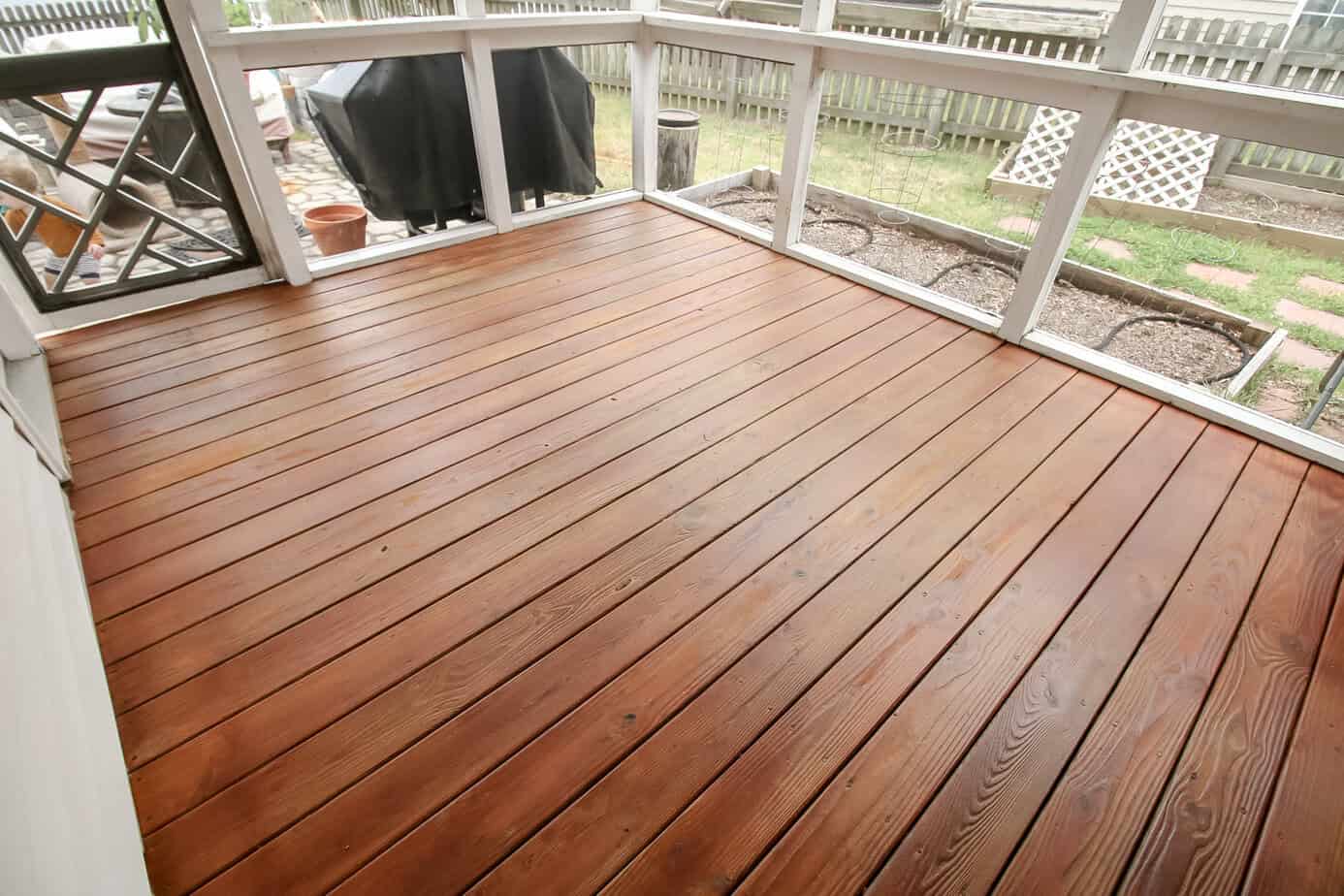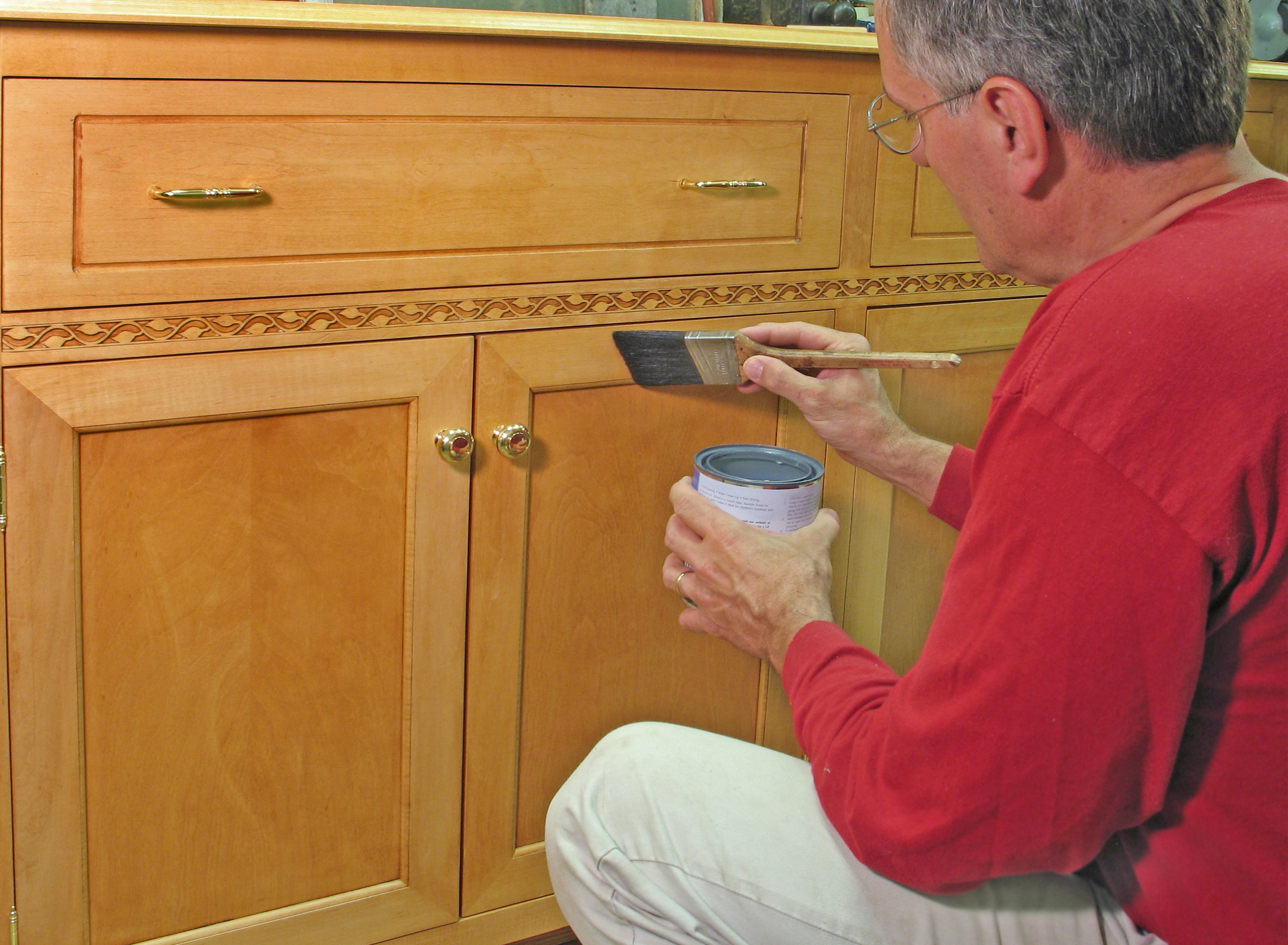Preparation and Priming

Embarking on a cabinet painting project with a roller promises a stunning transformation, but the journey to a flawless finish begins long before the first stroke of paint. Proper preparation and priming are the unsung heroes, laying the foundation for a durable and beautiful result that will stand the test of time. Neglecting these crucial steps can lead to a frustrating experience, resulting in uneven paint application, chipping, and an overall disappointing outcome. Let’s dive into the essential steps to ensure your cabinet painting project is a resounding success.
How to paint cabinets with a roller – The key to a successful paint job lies in meticulous surface preparation. Think of it as building a strong house – you wouldn’t start constructing walls on a shaky foundation, would you? Similarly, applying paint directly to unprepared cabinets is a recipe for disaster. Thorough cleaning, sanding, and priming create the ideal canvas for your paint, ensuring even coverage and a long-lasting finish.
Cabinet Surface Preparation Steps
The following table Artikels the necessary steps for preparing your cabinet surfaces. Remember, precision and patience are your allies in this phase.
| Step | Materials | Time Estimate | Notes |
|---|---|---|---|
| Clean Cabinets | TSP (trisodium phosphate) solution, warm water, rags, scrub brush | 1-2 hours | Remove grease, grime, and old wax with a thorough cleaning. Rinse well and allow to dry completely. |
| Sanding | Sandpaper (120-grit, then 220-grit), sanding block, tack cloth | 2-4 hours | Smooth out any imperfections. Start with coarser grit (120) and finish with finer grit (220) for a smooth surface. Use a sanding block for even pressure. Remove dust with a tack cloth. |
| Caulk Gaps | Paintable caulk, caulking gun, putty knife | 30 minutes – 1 hour | Fill any gaps or cracks between cabinet doors and frames for a seamless finish. Allow to dry completely before sanding smooth. |
| Prime Cabinets | Primer (see below), roller, paint tray, brush | 2-4 hours (plus drying time) | Apply a thin, even coat of primer, ensuring complete coverage. Allow to dry completely according to the manufacturer’s instructions. |
Primer Selection for Cabinets
Choosing the right primer is critical for achieving a professional-looking finish. Different primers cater to specific needs and surface types. The correct choice ensures optimal adhesion, prevents bleed-through (especially with dark stains), and provides a smooth base for your topcoat.
- Oil-based primer: Offers excellent adhesion and blocking properties, ideal for surfaces with strong odors or stains. It’s known for its durability but requires mineral spirits for cleanup.
- Sheen-based primer: Provides a smooth surface and good adhesion. It’s a versatile option suitable for most surfaces and is easy to clean up with soap and water.
- Acrylic-based primer: Water-based and low-odor, it’s a popular choice for its ease of use and quick drying time. Excellent for hiding imperfections.
- Stain-blocking primer: Specifically designed to prevent bleed-through from stains, knots, or dark wood. Essential for cabinets with dark or highly pigmented finishes.
Impact of Skipping Surface Preparation, How to paint cabinets with a roller
Skipping even one step in the preparation process can have significant consequences. For instance, failing to clean the cabinets properly can leave behind grease and grime that will prevent the primer and paint from adhering correctly, leading to peeling or chipping. Insufficient sanding can result in an uneven surface, making the final paint job look rough and unprofessional. In short, neglecting proper surface preparation will almost certainly compromise the quality and longevity of your paint job, potentially requiring costly rework in the future. A little extra time spent on preparation is a small price to pay for a beautiful and long-lasting result.
Painting Techniques and Roller Selection: How To Paint Cabinets With A Roller

The moment of truth has arrived! Your cabinets are prepped and primed, ready to receive their stunning new coat of paint. Choosing the right roller and mastering the application technique are crucial for a professional-looking finish. A poorly chosen roller or sloppy application can lead to frustrating imperfections, undoing all your hard work. Let’s dive into the tools and techniques that will transform your kitchen or bathroom cabinets from drab to fab.
The world of paint rollers offers a surprising variety. Each type boasts unique properties, making some better suited for cabinet painting than others. Understanding these differences will help you select the perfect tool for the job and achieve a flawless finish.
Roller Types Compared
Selecting the right roller is paramount for a smooth, even finish. Different roller covers offer varying degrees of paint release, texture, and durability. The wrong choice can lead to visible streaks, uneven coverage, or even damage to your freshly primed surfaces. Let’s compare some popular options:
| Roller Type | Advantages | Disadvantages |
|---|---|---|
| Foam Rollers | Leaves a very smooth finish, ideal for smooth surfaces like cabinets; relatively inexpensive. | Can leave bubbles if not applied carefully; tends to absorb more paint, leading to potential drips; not as durable as other options; can leave a slightly textured finish if the foam is too thick. |
| Microfiber Rollers | Excellent paint release, resulting in smooth, even coverage; durable and washable for multiple uses; less likely to leave bubbles than foam rollers. | Can be slightly more expensive than foam rollers; may require a bit more technique to avoid leaving streaks, particularly with thicker paints. |
| Synthetic Rollers (e.g., polyester) | Good balance between cost and performance; durable and relatively easy to clean; suitable for various paint types. | May not provide the same ultra-smooth finish as microfiber; paint release can vary depending on the quality of the roller. |
Applying Paint with a Roller: A Step-by-Step Guide
With your chosen roller in hand, it’s time to unleash your inner artist. Proper technique is key to avoiding common painting pitfalls like drips, runs, and uneven coverage. Follow these steps for a professional-looking result.
- Load the Roller: Dip the roller into the paint tray, ensuring the roller is adequately coated but not overly saturated. Avoid excessive paint loading, which increases the risk of drips.
- Offload Excess Paint: Roll the roller back and forth on the angled surface of the paint tray to distribute the paint evenly and remove excess. This prevents drips and ensures a consistent paint application.
- Apply Paint in Thin, Even Coats: Using light, even strokes, apply the paint to the cabinet doors and frames. Work in sections, maintaining a wet edge to prevent lap marks. Overlapping strokes should be minimal, about 50%.
- Maintain a Wet Edge: Always work in manageable sections, ensuring the newly applied paint remains wet as you move to the next section. This prevents visible lines between paint applications.
- Use Long, Smooth Strokes: Avoid short, dabbing motions. Long, smooth strokes minimize brush marks and create a more even finish. Work with the grain of the wood for best results.
- Allow Sufficient Drying Time: Let each coat dry completely before applying the next. This prevents the coats from blending together unevenly, ensuring a flawless finish. Refer to the paint manufacturer’s instructions for recommended drying times.
Preventing Drips, Runs, and Uneven Finishes
Even with careful technique, drips and runs can happen. Understanding the causes and solutions will save you from rework and frustration. Uneven finishes often stem from improper roller selection or application technique. Here are some common issues and how to address them:
Drips and Runs: These are usually caused by overloading the roller with paint. The solution is to always offload excess paint onto the paint tray before applying it to the cabinets. Using thinner coats and allowing sufficient drying time between coats also helps.
Lap Marks: These are visible lines where freshly painted areas meet previously painted areas. They result from not maintaining a wet edge. The solution is to work quickly and efficiently, ensuring that each stroke overlaps the previous one slightly while the paint is still wet.
Uneven Coverage: This often stems from using a roller that is not suitable for the paint type or surface. Using a low-quality roller can also lead to uneven coverage. The solution is to choose the appropriate roller type (as discussed earlier) and ensure even paint distribution in each coat.
Finishing and Maintenance

So, you’ve bravely tackled the painting process, and your cabinets are sporting a fresh coat of paint. But the journey to a truly stunning, long-lasting finish doesn’t end there. This is where the magic of perfecting the finish and creating a lasting maintenance plan comes into play. Think of this stage as the final flourish on your masterpiece – the attention to detail here will determine whether your cabinets look like a professional job or a weekend project.
Achieving a flawlessly smooth finish on your painted cabinets requires a keen eye and a few strategic techniques. The key is patience and attention to detail – rushing this stage will show. Proper application of multiple coats, along with strategic sanding, are crucial to achieving that coveted professional look.
Smoothing Techniques and Multiple Coats
Multiple coats are essential for achieving a rich, even color and a durable finish that can withstand the daily wear and tear of a kitchen or bathroom. Between each coat, light sanding is key to creating a perfectly smooth surface. Think of it as creating a seamless canvas for the next layer of paint. Here’s how to tackle this crucial step:
- First Coat: Apply a thin, even coat, ensuring full coverage. Avoid overloading the roller; thin coats are better than thick ones to prevent drips and runs.
- Sanding Between Coats: Once the first coat is completely dry (this is crucial – more on that later!), lightly sand the surface with fine-grit sandpaper (around 220-grit). This removes any imperfections or raised paint fibers, creating a smoother base for the next coat. Focus on removing any bumps or drips, not trying to remove the paint entirely.
- Second and Subsequent Coats: Apply additional coats, sanding lightly between each, until you achieve the desired level of smoothness and opacity. Each coat will build upon the previous one, resulting in a beautifully even finish.
- Final Sanding (Optional): For an ultra-smooth finish, a very light final sanding with extra-fine grit sandpaper (320-grit or higher) can be used after the final coat is completely dry. This will remove any tiny imperfections and leave a supremely smooth surface.
Proper drying time is critical between each coat of paint. Insufficient drying time can lead to adhesion problems, a sticky finish, and even peeling. Conversely, allowing too much time between coats can result in visible lap marks where the new coat doesn’t blend seamlessly with the previous one. The ideal drying time depends on several factors, including the type of paint used, the temperature, and the humidity level. High humidity and low temperatures will significantly increase drying time, while dry, warm conditions will speed things up. Always consult the manufacturer’s instructions on your specific paint for recommended drying times under various conditions. For example, oil-based paints generally require significantly longer drying times than water-based paints. Always err on the side of caution and allow ample drying time; it’s better to wait a bit longer than risk ruining your hard work.
Cabinet Maintenance Plan
Maintaining your beautifully painted cabinets is key to preserving their pristine look for years to come. A regular cleaning schedule, along with careful handling, will keep them looking their best.
| Maintenance Task | Frequency |
|---|---|
| Wipe down with a damp cloth | Daily or as needed |
| Clean with mild dish soap and water | Weekly |
| Inspect for scratches or chips; touch up as needed | Monthly |
| Deep clean with a cabinet cleaner (avoid harsh chemicals) | Quarterly |
| Inspect for loose hinges or handles; tighten as needed | Annually |
